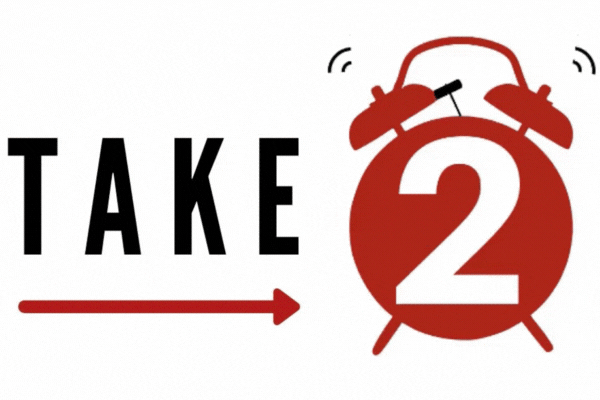Over one million gallons of water were dropped along the Caribbean, the U.S. eastern coast, and Atlantic Canadian coast as a result of a hurricane known as Hurricane Irene. What started out as a tropical cyclone undergoing high and low pressure systems rotating in the atmosphere, later turned into a category 3 hurricane that traveled from the Lesser Antilles in the Caribbean Sea, all the way to Canada before finally breaking up on August 29.
On August 22, Irene made landfall near Puerto Rico where it was officially declared a hurricane. It later turned into a Category 3 hurricane after passing through the Bahamas. Irene moved past Florida and made landfall over North Carolina on August 27.
Later it moved onto southeastern Virginia, showing little signs of letting up. Irene later made her second appearance on U.S. soil in the early morning hours near Little Egg Inlet in New Jersey on August 28. This made Irene the first hurricane to make landfall in New Jersey since 1903. Upon reaching Brooklyn, New York, Irene was downgraded to a tropical storm after making its third U.S. landfall sighting on the morning of August 28. The state of New York and Vermont were directly affected by the hurricane by experiencing some of the worst flooding in the states’ history.
Even with Irene gone, it could still take weeks to restore electricity to the 9.6 million homes and businesses that lost power. Anyone from Folly Beach, S.C., to Portland, Maine was living in total darkness. Irene tore down power lines and power plant equipment with powerful winds exceeding 120 mph. Flood waters also filled electrical stations with seawater, potentially ruining the equipment inside and causing all kinds of power lines to be destroyed. Along with multiple power outages across the country, Irene also accounted for over 55 fatalities.
Results of this fatal hurricane account for more than $10.1 billion worth in property damage with possibly more to come. Initially, President Barack Obama asked for $1.8 billion to be used from the government’s main disaster relief fund. When lawmakers argued that this cost was too low, the White House then changed its request to $5.2 billion dollars. As of September 1, only $800 million in disaster relief money had been saved by the Federal Emergency Management Agency (FEMA). Since this number is not where the government wants it, new building projects have been placed on hold so FEMA can help victims of Irene and prepare for future disasters; meaning construction of new schools and buildings has been postponed so there is plenty of money to provide food, water, and shelter to Irene’s victims.
Victims of Irene are watching for news on Hurricane Katia and Tropical Storm Lee in hopes that both of these newly developed storms will avoid the paths already taken by Irene. Experts say that Katia will indeed miss the eastern coast but as winds are often unpredictable, experts are saying that everyone should still be prepared for the worst.












